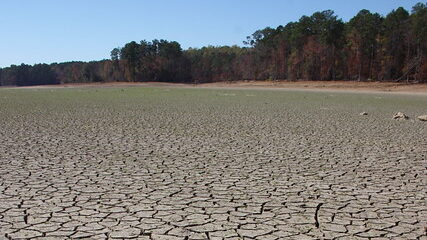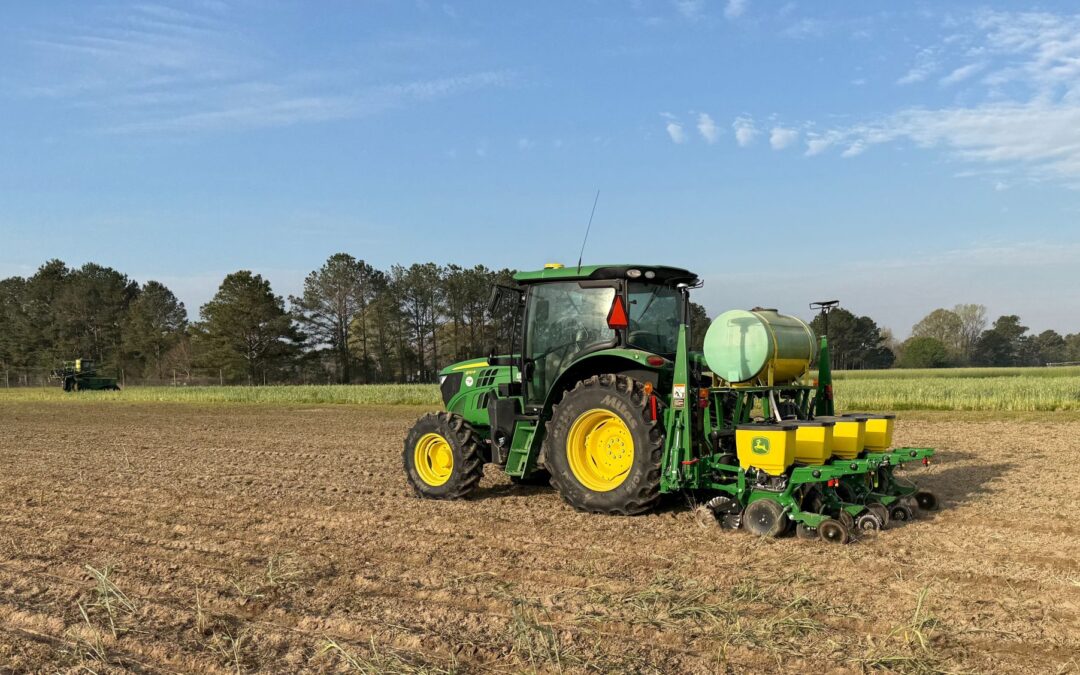
Eleven Pierce’s disease-tolerant grape cultivars have been evaluated since 2008 at the Sand Mountain Research and Extension Center in Crossville, Ala.
By Elina Coneva
In a long-term research project, 11 grape varieties tolerant to a dangerous disease threat were planted and evaluated for their suitability to Alabama environmental conditions.
The Pierce’s disease-tolerant American and French-American hybrid bunch grape cultivars were planted at the Sand Mountain Research and Extension Center in Crossville, Ala., in 2008 to study their vegetative and cropping potential in an Alabama environment.
Pierce’s disease is considered the single greatest threat to the long-term survivability of susceptible grape cultivars. It is caused by a xylemlimited bacterium that clogs the vascular tissue of susceptible grape cultivars. The causal organism is a gram-positive, rod-shaped bacterium named Xylella fastidiosa that is indigenous to the Gulf Coast region of the United States. Although different races of this organism cause similar diseases in other crops, they appear to be host specific.
The cultivars evaluated in Crossville include Black Spanish, Blanc du Bois, Champanel, Conquistador, Cynthiana, Favorite, Lake Emerald, Stover, Villard Blanc, Seyval Blanc and Seyval Blanc grafted on Coudrec 3309 rootstock (Seyval Blanc/3309C).
Long-term assessment results indicate that Champanel has the most vigorous vegetative growth while Seyval Blanc and Seyval Blanc/3309C were the weakest growing cultivars. Stover has the earliest shoot development while Champanel and Cynthiana shoot development is late.
Typically, Seyval Blanc and Seyval Blanc/3309C have the earliest fruit maturity and are harvested in mid-August. Due to the warmer 2017 season, harvest started in late July, about two weeks earlier. Champanel produced the largest yield of 56 pounds per vine and had the largest berries of 4.2 grams. Favorite, Black Spanish, Blanc du Bios, Villard Blanc, Stover and Lake Emerald produced between 31 and 54 pounds per vine in 2017.
When comparing the cumulative yield per vine for the period 2011-2017, Villard Blanc shows the highest cropping potential with an average of 230 pounds per vine, followed by Favorite with 212 pounds per vine and Black Spanish with 176 pounds per vine. Villard Blanc and Favorite also produced the largest fruit clusters of 194.6 and 192.0 grams, respectively.
Based on their overall performance Villard Blanc, Black Spanish and Blanc du Bois are considered suitable for commercial production in Alabama and in the Southeast. In addition to their high cropping potential, attractive large fruit clusters, and resistance to berry rot diseases, Champanel and Favorite are considered suitable for home grape production with the least pesticide application.
Elina Coneva is a professor in the Department of Horticulture and an extension fruit crops specialist




